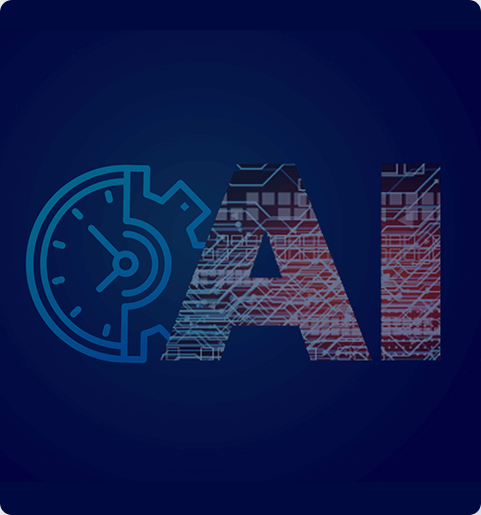Go after Tuna, not the Whale
Key takeaways:
- When transforming, solve what scales
- Instead of focusing on the big problems which might only account for 20 percent of your total set of problems, focus on the long tail
- Far more value can be derived from collecting a number of problems and trying to solve them at scale using a homogeneous approach
Manufacturing companies on the path to industrial transformation get stuck with point solutions even as they seek to solve system failures such as supply chain disruptions and climate change. They often face two challenges that prevent them from deploying point solutions at scale:
- They cannot be easily replicated. A lack of work processes, data layering and technology standards across the network of factory sites and value chains, leading each site to request highly customized and expensive solutions.
- There is little to no organizational competence growth or tacit knowledge capture due to the lack of participation of end-users. A lack of digital skills in the workforce, constraining the overall roll-out timeline of new solutions based on the availability of qualified operators and new upskilling and reskilling programs.
Point solutions are created in close collaboration with a technology provider in a given factory site or value chain. Such point solutions may help feed the plant’s ROI expectations but do not serve a larger purpose. Such an approach may appear to lower operational risk but often undercuts the organizational imperative to undergo or achieve industrial transformation.
This begs the question – should you focus on big problems which might only be twenty percent of your total set of problems, or on the long tail, which accounts for the rest?
We believe that far more value can be derived from collecting a number of problems and trying to solve them at scale using a homogeneous approach. This also gives you the confidence that the approach is not a one-trick pony. The approach, in short, when it comes to predictive maintenance and quality improvement is to have an AI that is adept at provisioning the right set of capabilities against sensor data. This means connecting the learning and inference engine to the data sources and letting the AI talk to the end-users through an interface that they will understand, helping the AI to continuously learn and improve. Naturally, this approach works better at scale, and I delve into it in more detail in a podcast with Emerj Research that I would encourage you to listen to below.





